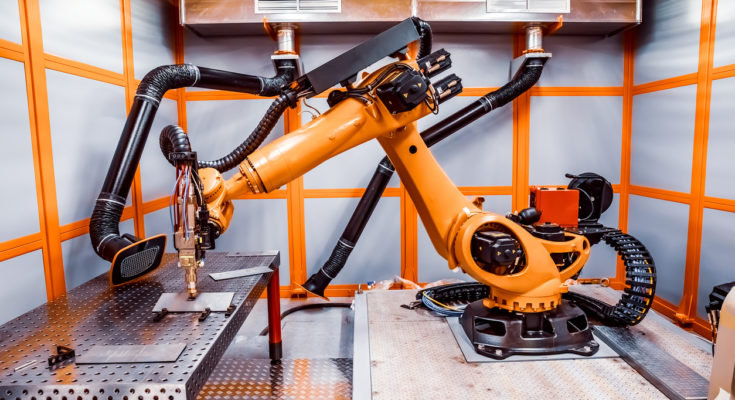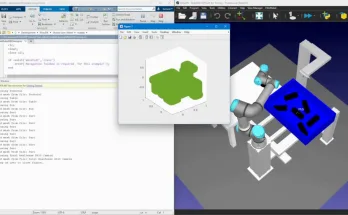Customization is on the rise… can your business meet the demand? Robots are a great way to meet the needs of increased personalization. And engraving is a great option!
There has been a change in manufacturing over the last few years. As FinancesOnline explains “It’s not more than a few years ago when [the number of] personalized products […] could be counted on your fingertips.”
In the past, most personalized products were either marketing merchandise or special one-off jobs. For most manufacturers, customization was restrictively costly so they just didn’t do it.
Recently, that has all changed. Low-cost engraving means that a huge variety of products can be easily personalized in minutes. Engraving technology is so accessible now that even a hobbyist can add it to their workshop. If you look at any online e-commerce marketplace, you will see a huge array of custom-engraved products being sold by thousands of different small suppliers.
Does this trend translate into more revenue? Absolutely! According to a Deloitte survey from 2015, 1 in 4 customers are willing to pay more for a personalized product.
Robotics is a spectacular way to add personalization to your business. Robots are more flexible than traditional CNC engraving machines and can be easily moved to other tasks when you are not using them for engraving.
Here’s an introductory guide to using robotics to engrave your personalized products.
The 2 Ways to Use a Robot for Engraving
There are two main ways that you can use a robot for engraving:
1. Robot Operates the Engraving Tool
This is the type of robot engraving that we’ll be covering in the rest of this article. It involves attaching the engraving tool to the robot itself and programming it to perform the engraving task (e.g. with RoboDK’s milling tool or drawing tool).
Due to the large workspace of robots and the possibility of using external axes, you can achieve much bigger engraving using this method than you could with dedicated CNC engraving machines.
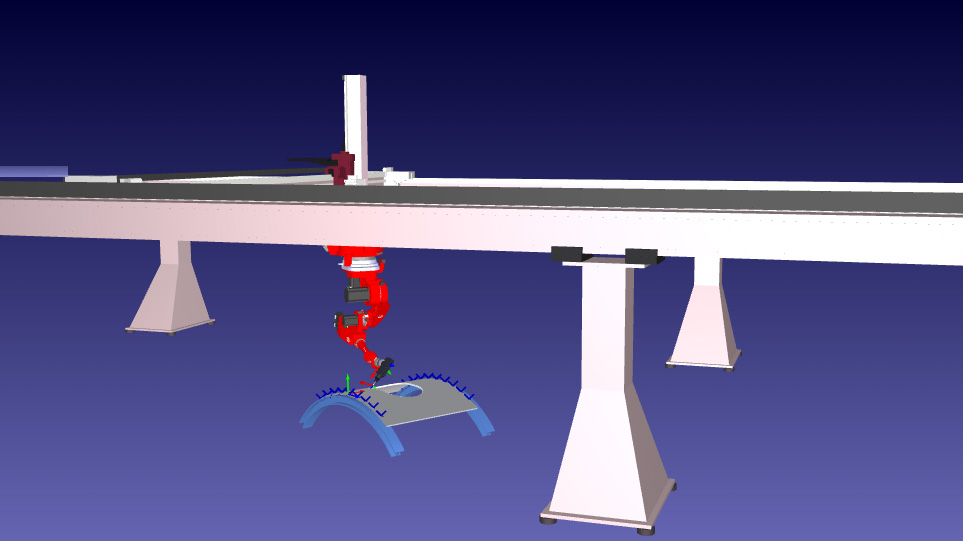
2. Robot Does Machine Tending
This involves using a robot to tend a dedicated engraving machine. For example, you could program the robot to pick and place products into a dedicated laser engraver, as this example from a jeweler demonstrates. This will increase the productivity of the machine as you won’t have to load products into it yourself.
Either of these options may be suitable for your specific situation. However, the second option does require you to purchase another engraving machine which increases the cost and complexity of the solution.
4 Types of Engraving Processes
The traditional method of engraving products is to use a dedicated CNC machine. There is a huge range of different CNC machines with each one specifically suited to a particular type of engraving. All of the processes in the list below are also achievable with a robot.
The 4 most common types of engraving are:
- Rotary engraving — A spinning routing or milling tool is used to cut thin grooves into the material. Larger areas are removed by progressively cutting away thin layers from the material.
- Etching — A similar process to rotary engraving. However, instead of cutting grooves into the material, an abrasive etching tool is used to scratch shapes into the surface. The tool can either be reciprocal or rotary.
- Laser engraving — A high-powered laser is used to burn a thin line into the surface of the material. This is becoming a very popular type of engraving as it allows customization of wood and other products without changing the structural properties of the material.
- Pyrography — A hot metal element is used to burn a thin line or blocks of shape into the surface of the material. This is similar to laser engraving in that it works by burning the material, but it is mostly used for wood and produces a more natural style of engraving.
The two most common of these are probably rotary engraving and laser engraving.
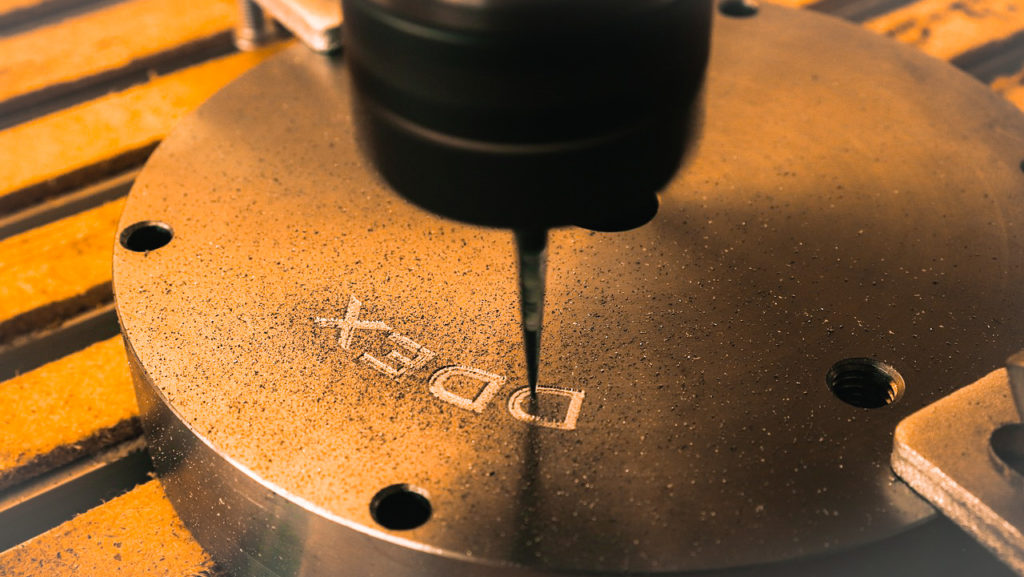
10 Materials You Can Engrave With a Robot
The most common material for personalized products is probably wood, which is traditionally done with a CNC routing machine. However, many materials can be engraved with a robot.
Here are 10 popular materials that can be engraved using one or more of the processes listed above.
- Wood — There is a diverse range of woods (e.g. MDF, plywood, hardwood, cork) and they can be engraved using any of the methods above (including pyrography).
- Metal — Metals are compatible with all engraving methods (except pyrography).
- Glass — Glass products are especially popular for customizing as they make good gifts and can be engraved using any of the methods above (except pyrography).
- Plastic — Plastics are one of the most common materials and can be engraved using any of the methods above (expect pyrography).
- Rubber — Engraved rubber can be used to make everything from personalized wrist bands to rubber stamps and it’s compatible with any of the methods above (except pyrography).
- Fabric — Some fabrics (e.g. cotton, leather, nylon) are compatible with laser engraving and non-synthetic fabrics can be engraved with pyrography.
- Paper/Card — As wood-derivatives, paper and card can be engraved with both laser and pyrography.
- Foam — Various types of foam can be engraved using any of the methods above (except pyrography).
- Stone — Stone of almost any type (e.g. granite, marble, tiles) can also be engraved using any of the methods above (except pyrography).
- Ceramic — Tableware is a popular product for personalization and ceramics can be engraved using any of the methods above (except pyrography).
Whatever material your product is made of, it’s likely that you can use robot engraving to personalize it.
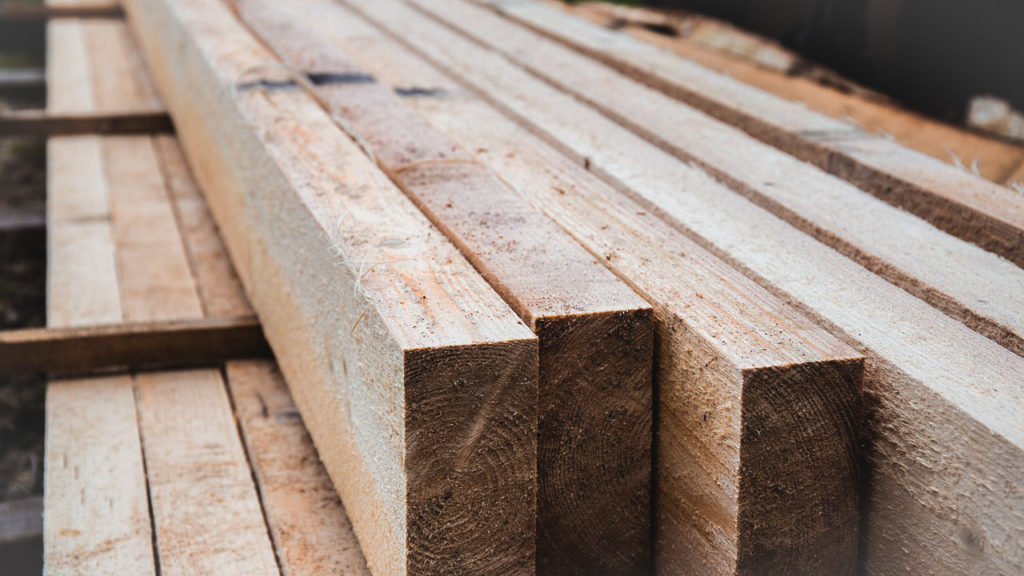
How to Get Started With Robot Engraving
You can test out your robot engraving application right away in a simulation by downloading a trial copy of RoboDK. If you don’t have a robot already, you will need to find one. The Robot Library is a good place to start looking at which robots are available on the market. There are a few smaller robots which are targeted at engraving tasks (e.g. the robots from UR and Dobot).
Once you’ve got your robot, you just need to pick a suitable end effector and create a test simulation!
What could you do with a robot engraving? Tell us in the comments below or join the discussion on LinkedIn, Twitter, Facebook, Instagram or in the RoboDK Forum.

